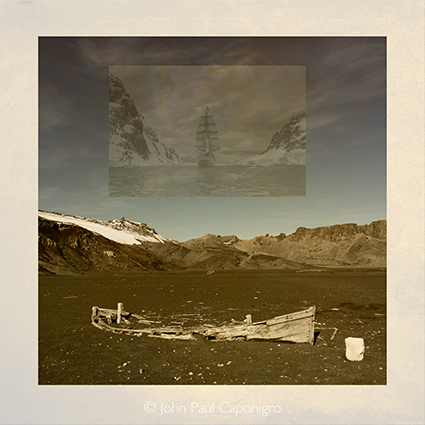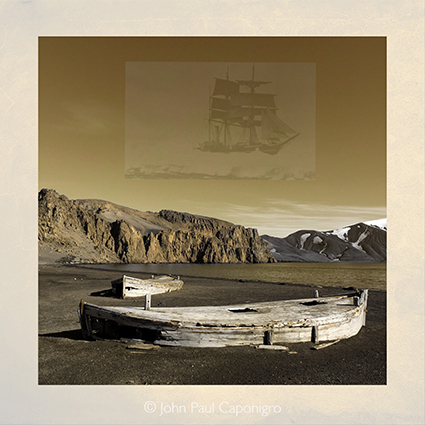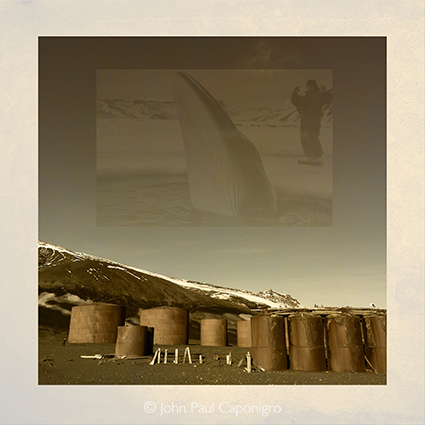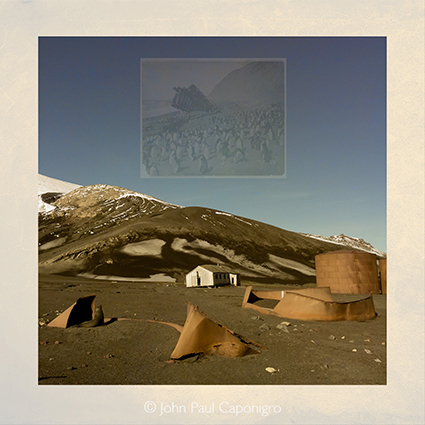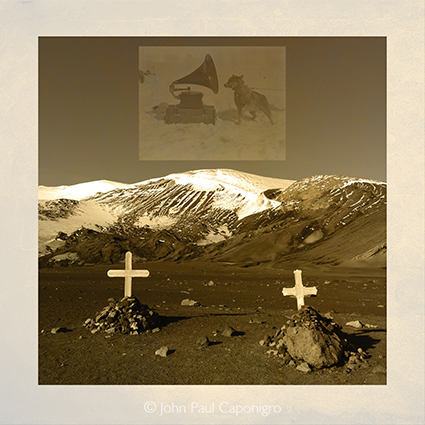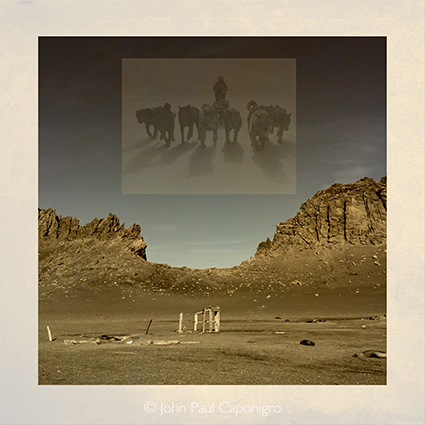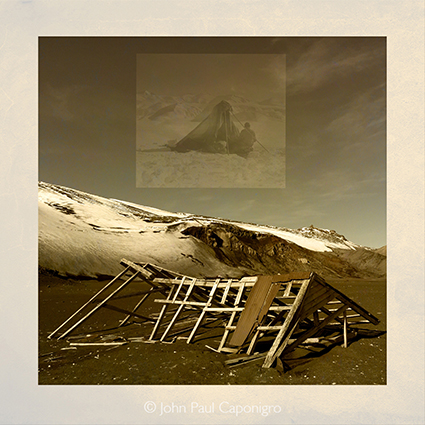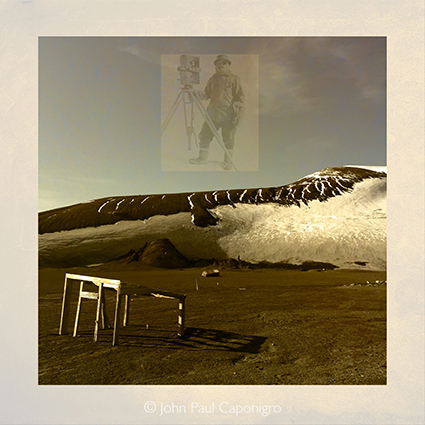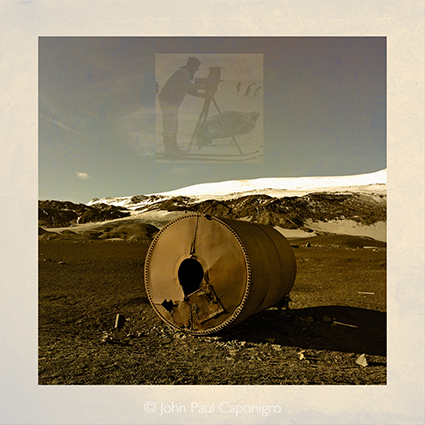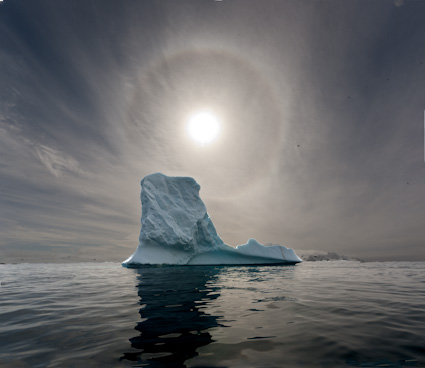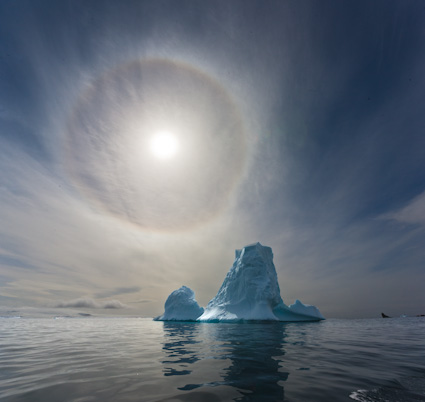High winds and horizontal snow kept most from making the first landing and cancelled the second at Deception Island, an active volcano you can sail into that was once used for processing in the whaling industry and is now only used for tourism and science, like much of the Antarctic. The weather is very different inside the volcano than it is outside it. Today there were incredible winds, but once we went outside they died down quickly
We’re all very tired. It’s been a grueling pace. The exotic locations have kept us running on adrenaline. Now with heavy weather on our last day, we’re all beginning to wind down and admit how tired we are. Many of us are nodding off while we’re reviewing our images. We all have a lot of processing to do. I’ve shot over 7,000 images. Jeff Schewe’s shot more than 10,000. Perhaps, more importantly we all have a different kind of processing to do, reflecting on our experiences, how they’ve affected us, and what they’ve meant. And it’s these answers that will lead us to finding ways to make images that are less conventional and more uniquely our own.
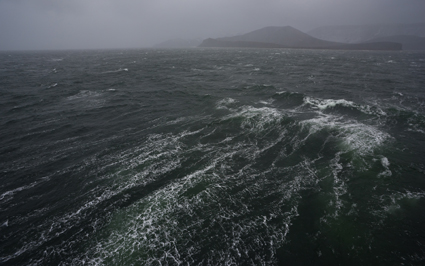
On every voyage, I’ve stayed on board, skipping one of a precious few adventures and taken the time to collect my thoughts and refocus, getting perspective on the images made so far, what was working, what wasn’t, and what needed to be done. This trip, rather than one big session midway, I reviewed quickly after downloading and so kept a running tally along the way. The great locations were so good and so compressed together that this review process had to come in small chunks rather than one larger review. It’s given me a different window into the images I’ve been making. In one day, I made a suite of images of glaciers that I continually try to advance by finding one more image that will bring a significant variation to the set. Along the way, a set of isolated high peaks in dramatic weather has been slowly building, something started on my first trip and continuing today. Clarifying the themes I’ve been developing helps me know what to look for when I’m in the field and how not to repeat myself. It also helps me identify other ways of looking that haven’t been developed; themes like this I’ve been developing have been ice collected on the shore, looking down at the blue mass of ice below the waterline, symmetrical patterns created by reflection in calm water, and the distortion created by waves including the wake of the boat. Having a plan doesn’t eliminate spontaneity and discovery. In some cases, it can even fuel it, while at the same time keeping you focused. And, of course, all plans are subject to revision. As new insights are accumulated, every plan needs refinement.
Many of the images I’ve made on this trip have had a unexpectedly soft lyrical quality to them. I’m not sure exactly what or why this is. It’s a discovery I’ll have to spend some time with to understand more. I don’t expect to fully understand it. There’s always more to learn from the work you do. But I do know I’ll come to understand it more, if I give it time – not just let time pass, but spend time with it.
Jeff Schewe was asked last night, “How do you adjust an image?” His answer was, “The image will tell me what it needs.” It’s a good answer. Listen to your work. It will get better. You’ll grow.
Enjoy my Antarctica galleries, book, and statements.
Learn more about my workshops here.
Early registrants get discounts at home.
Members get discounts abroad.
